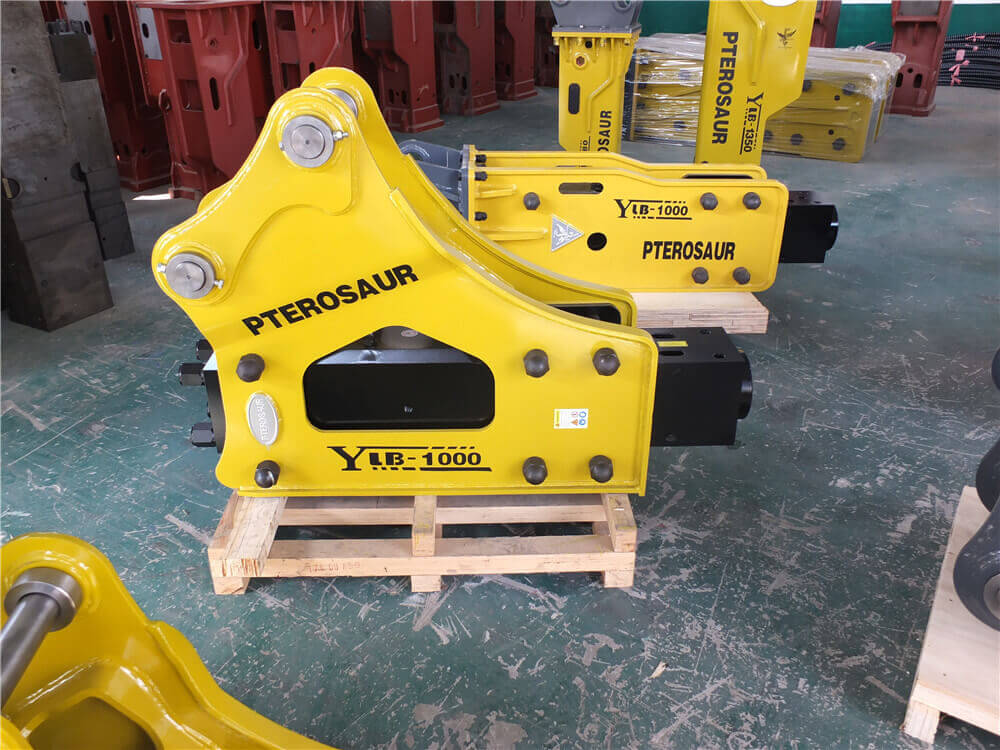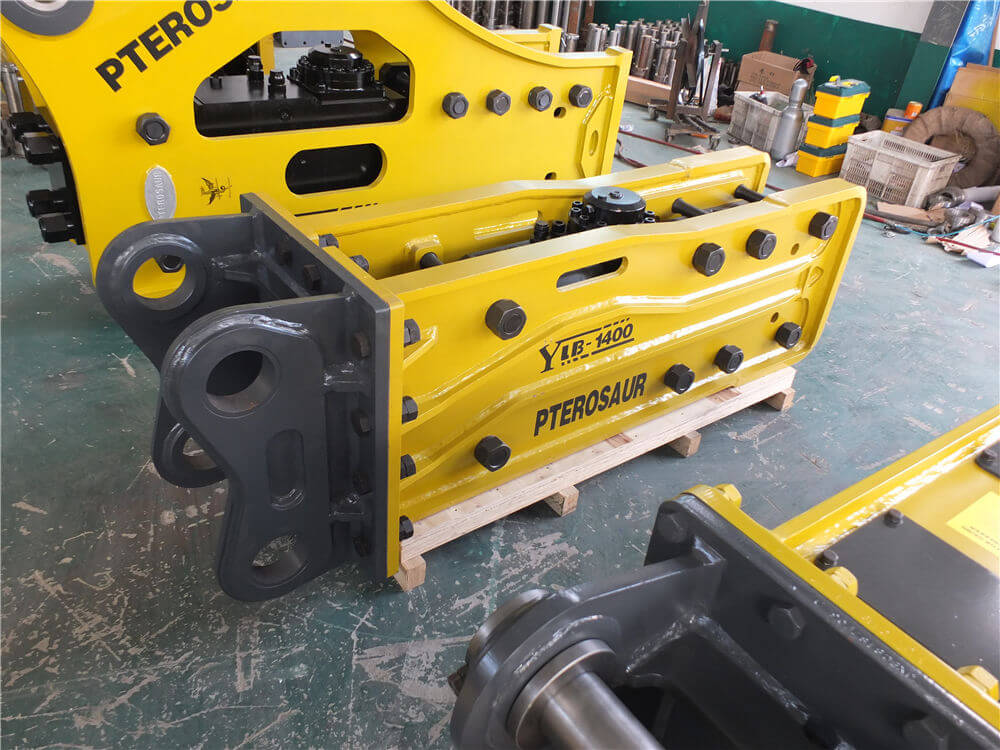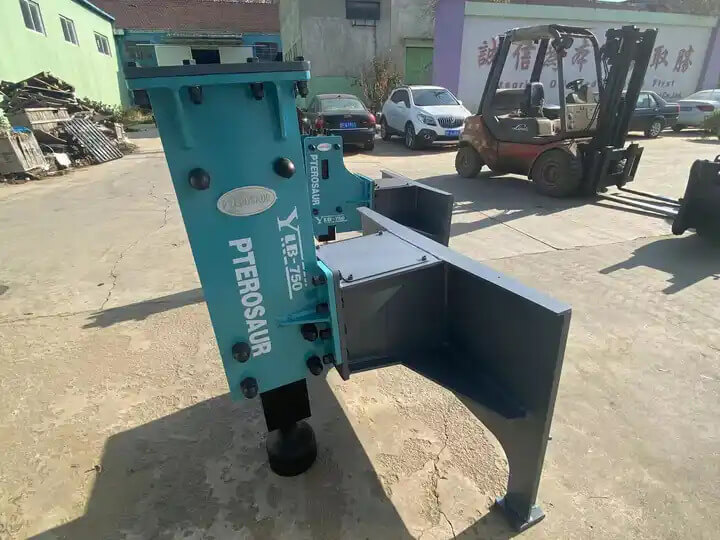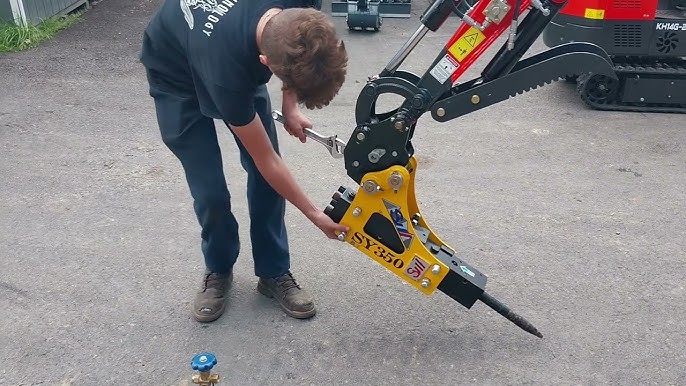Understanding Hydraulic Excavator Hammers: Power, Efficiency, and Solutions
In the realm of construction and demolition, hydraulic excavator hammers, also known as hydraulic breaker hammers or excavator jack hammers, play a pivotal role in efficiently breaking through tough materials such as concrete, rock, and asphalt. These powerful attachments enhance the capabilities of excavators, making them essential tools on job sites. This article delves into the mechanics, types, and benefits of hydraulic hammers, while also addressing considerations for their use.
What is a Hydraulic Hammer for Excavators?
A hydraulic hammer is an attachment that converts hydraulic energy into mechanical impact force. This transformation is crucial for breaking hard surfaces with precision and speed. Hydraulic hammers are typically mounted on excavators, allowing them to perform heavy-duty tasks like demolition, trenching, and site preparation. The efficiency of these hammers largely depends on the hydraulic flow and pressure provided by the excavator, making it essential to choose the right hammer that aligns with the machine’s specifications.
How Does a Hydraulic Hammer Work?
The operation of hydraulic hammers involves several key components. When activated, hydraulic fluid is channeled through the hammer, causing a piston to move rapidly within the cylinder. This movement generates a powerful impact force, delivering effective blows to the material being worked on. The design of hydraulic hammers allows them to maintain a high level of efficiency while minimizing noise and vibration, which are significant concerns in urban construction environments.
Types of Hydraulic Hammers
There are various types of hydraulic hammers available, each designed for specific applications:
- Standard Hammers: These are suitable for general demolition and site preparation tasks.
- Heavy-Duty Hammers: Designed for tougher materials, these hammers provide increased impact force and are ideal for breaking through rock and reinforced concrete.
- Silent Hammers: These models are engineered to reduce noise and vibrations, making them suitable for use in noise-sensitive areas.
- Compact Hammers: Ideal for smaller excavators, these hammers offer flexibility and efficiency in tight spaces.
Choosing the Right Hydraulic Hammer
When selecting a hydraulic hammer for an excavator, it is vital to consider the weight and hydraulic flow requirements. A hammer that is too heavy or demands more hydraulic flow than the excavator can provide may lead to inefficiencies and potential damage. Therefore, consulting with manufacturers or suppliers, such as NPKCE or Gorilla Hammers, can help in sourcing the right product tailored to specific needs.
Installation and Maintenance
Installing a hydraulic hammer on an excavator involves aligning the hammer correctly, securely mounting it, and connecting the hydraulic hoses. Regular maintenance, including checks for oil leaks and wear on the hammer’s components, is crucial to ensure optimal performance and longevity. Many manufacturers provide detailed guidelines on installation and maintenance procedures.
Conclusion
Hydraulic excavator hammers are indispensable tools in construction and demolition, enabling operators to tackle challenging jobs effectively. By understanding their mechanics, types, and proper usage, operators can maximize the efficiency of their excavators and reduce costs associated with construction projects. Investing in the right hydraulic hammer not only enhances operational performance but also contributes to the overall success of construction endeavors. Whether you are breaking concrete, rock, or other tough materials, hydraulic hammers can significantly streamline the process and improve productivity on the job site.




































